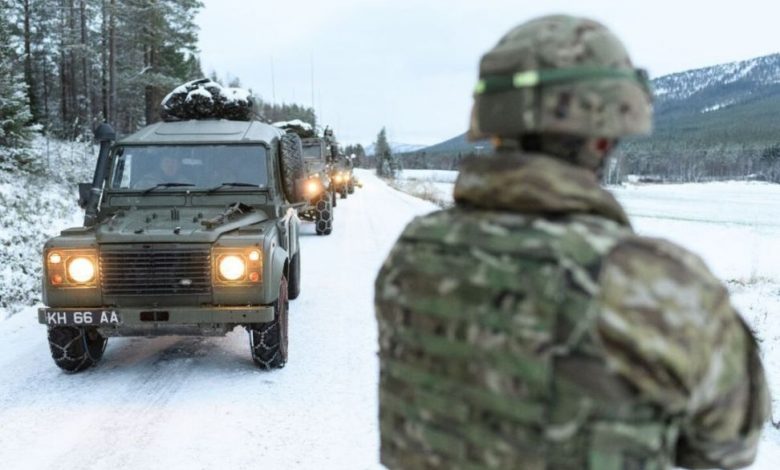Europe not moving fast enough on military mobility
European nations are not moving as fast as needed to resolve long-standing logistical issues that could tie up efforts to meet invading Russian forces, according to a top NATO general.
“From a military perspective, of course I would say it is not moving fast enough,” Lt. Gen. Jan Broeks, director general of the alliance’s International Military Staff, said Wednesday.
“It is not moving fast enough. Of course, there is always an element of how fast you can get financing, building the brigades, building the roads,” Broeks added. “It’s a lot of work. but we need to be ambitious and we need to be very clear, in a military context.”
Since Russia seized Ukrainian territory in 2014, NATO nations have woken up to the challenges involved in moving military forces from one side of the continent to a potential eastern front, an issue that broadly falls under the “military mobility” heading. Officials have been upfront that the situation needs a lot of work and investment, but Broeks’ comments underline how much more work there is to do.
Those challenges largely fall into two sets. The first is logistical — finding which roads can support the weight of military equipment, increasing capacity at key ports or repairing aged rail tracks. The second is legal — making sure nations have preapproved forces from other nations to enter their airspace and cross their borders.
Broeks, who is from the Netherlands, traveled to Washington this week accompanied by Lt. Gen. Esa Pulkkinen, the Finnish officer who serves as director general of the European Union’s military staff. The two were hosted by the Center for a New American Security think tank.
Pulkkinen said the legal set of challenges is the one that can be most easily tackled. “These are the areas where you can proceed more [quickly]. Some of the issues are in the hands of the EU, some in the hands of the member states,” he said.
And Broeks indicated there may be developments in the area of authorities coming “weeks and months” ahead of the alliances 2019 political guidance document.
“When I think about rapid air mobility, it’s a very critical element,” he explained. “At the moment, it is a procedural element. If we were deploying forces either through airlifts or through support through airlift, or elements of this [such as] rotary-wing and fixed-wing supporting missions, if they would not have to go through procedures for clearance, then we’re there in rapid air mobility.
“We in Europe control this,” he added. “We need to go with nations because nations own the airspace.”
Since taking over their respective jobs, the two men have made it a point to regularly attend dinners to foster closer ties between military planning for NATO and the EU; the visit to Washington represents the first time two officers in those jobs have traveled together to America, and the trip is part of an effort to assuage concerns within the U.S. government that NATO and the EU are not coordinating defense priorities.
Much of that concern stems from the EU’s announcement in late 2017 of the Permanent Structured Cooperation on security and defense, or PESCO, a fund for EU defense projects. American officials quickly sounded the alarm that PESCO could take funds away from NATO priorities.
Both Broeks and Pulkkinen have downplayed those concerns, with the two pointing to military mobility as one example where PESCO can help support NATO nations with extra funding while providing benefits for non-NATO nations. But Pulkkinen also emphasized that while PESCO is funding some initiatives on the mobility front, it should be treated as extra help, not the central solution.
Another area of joint collaboration for military mobility has come from NATO’s Trident Juncture exercise, now underway. Both men said the exercise includes a focus on moving units through various airspaces and over borders.
“We get lessons learned out of this because the U.K. has forces [moving] through the Netherlands, through Denmark, through Norway. The Germans move forces north. So we get a lot of this, both from interoperability and military mobility,” Broeks said.
“We don’t have any EU exercises at all, [so] any chance to improve the interoperability of the forces, including the EU members’ state forces, is good for us,” Pulkkinen added. “We are very grateful on the EU side that some non-NATO EU allies are [involved].”
This post is also available in:
 English
English  Русский (Russian)
Русский (Russian)





